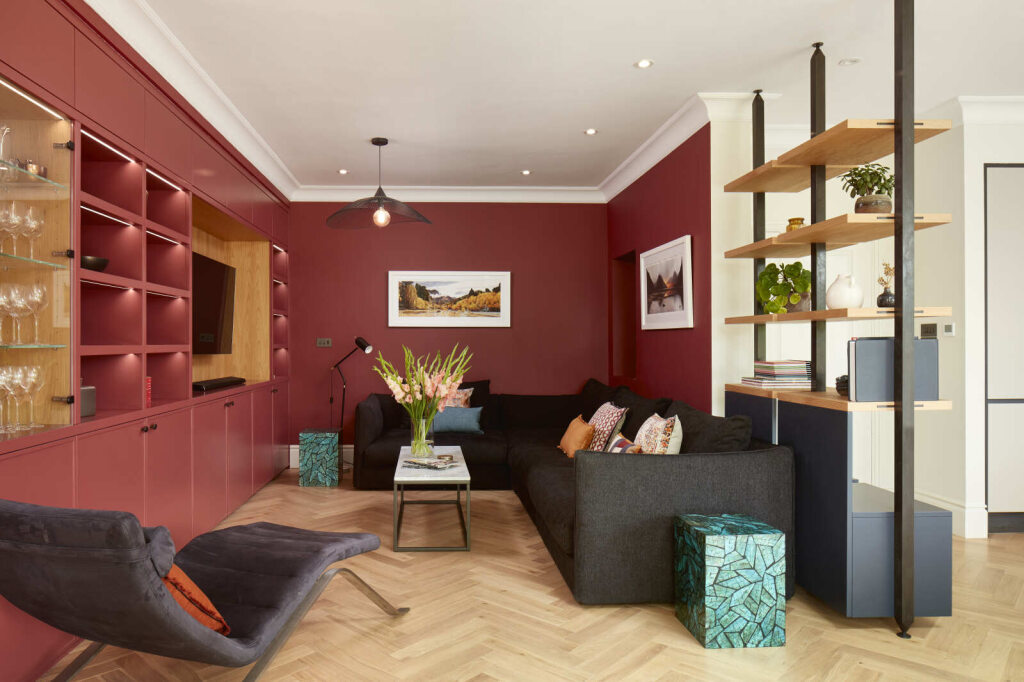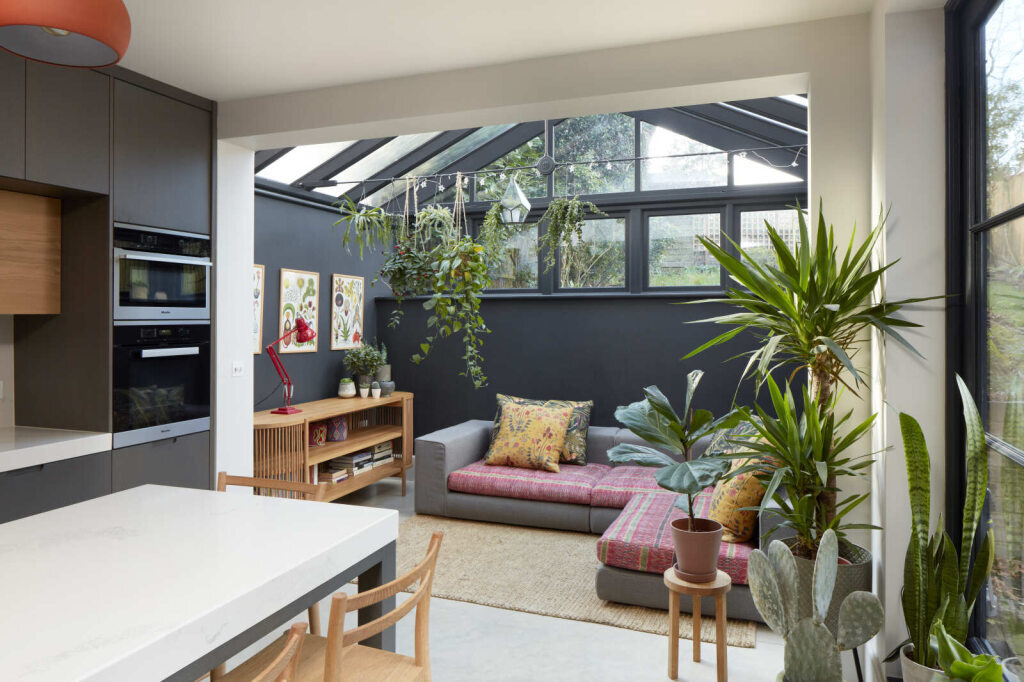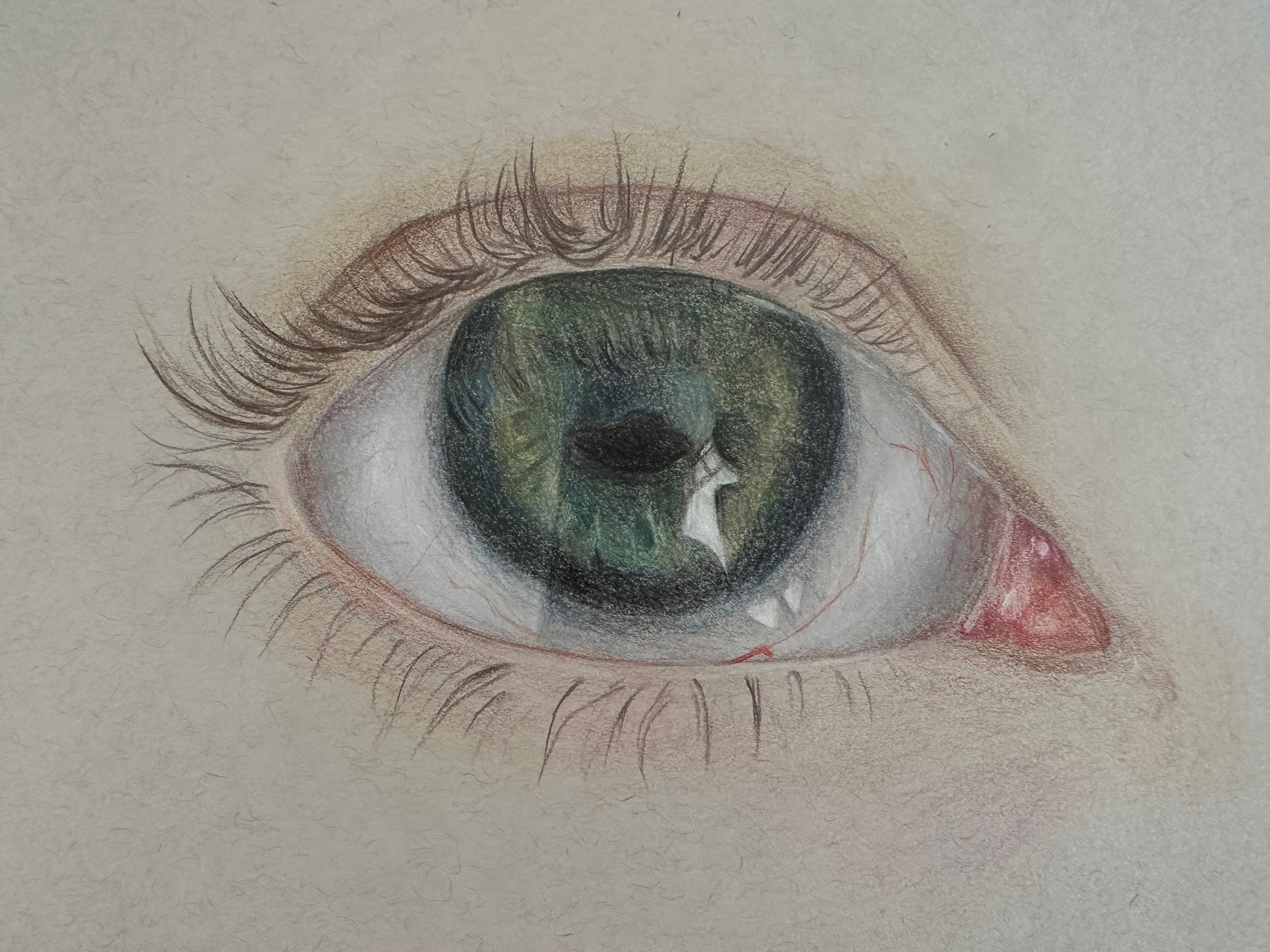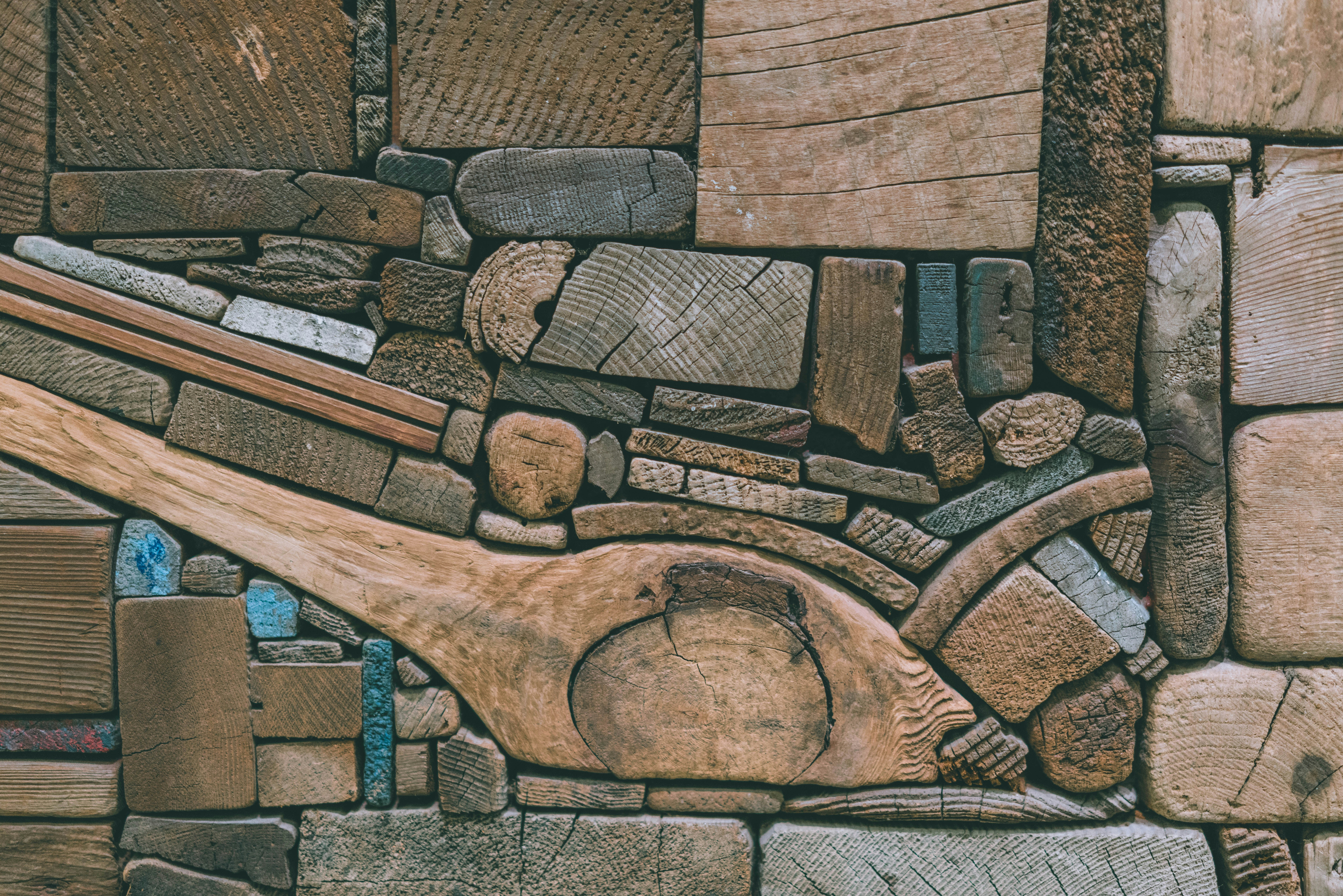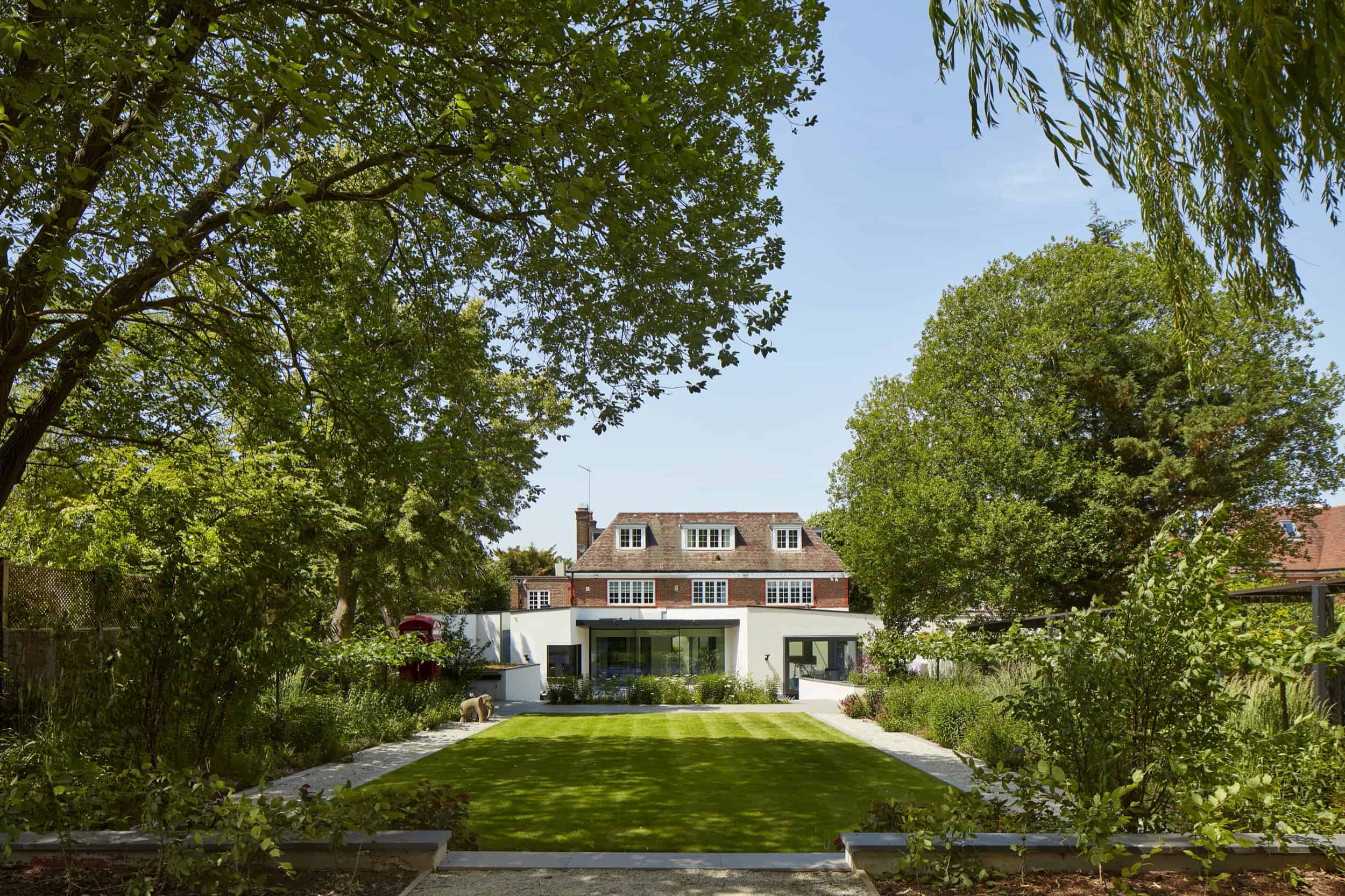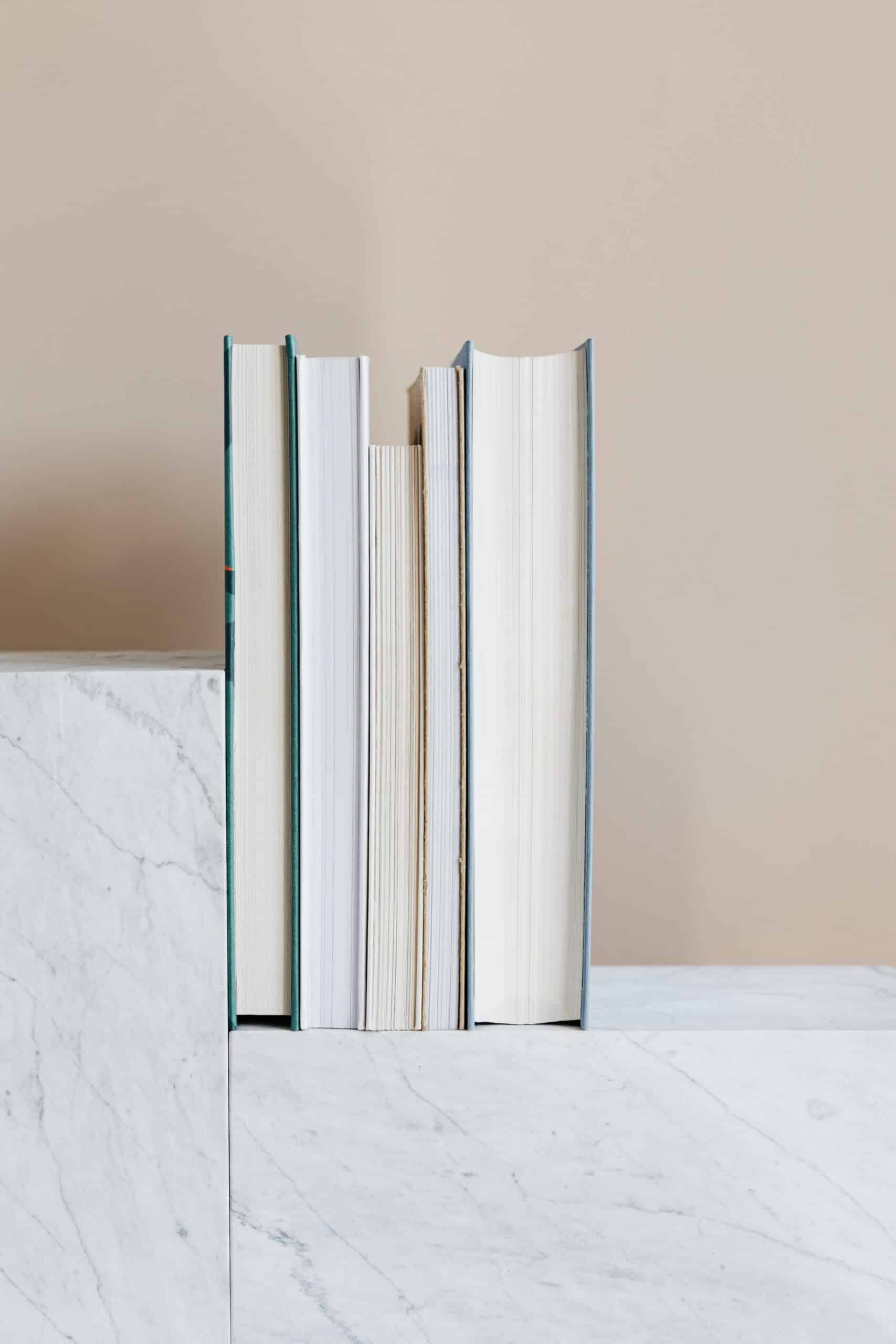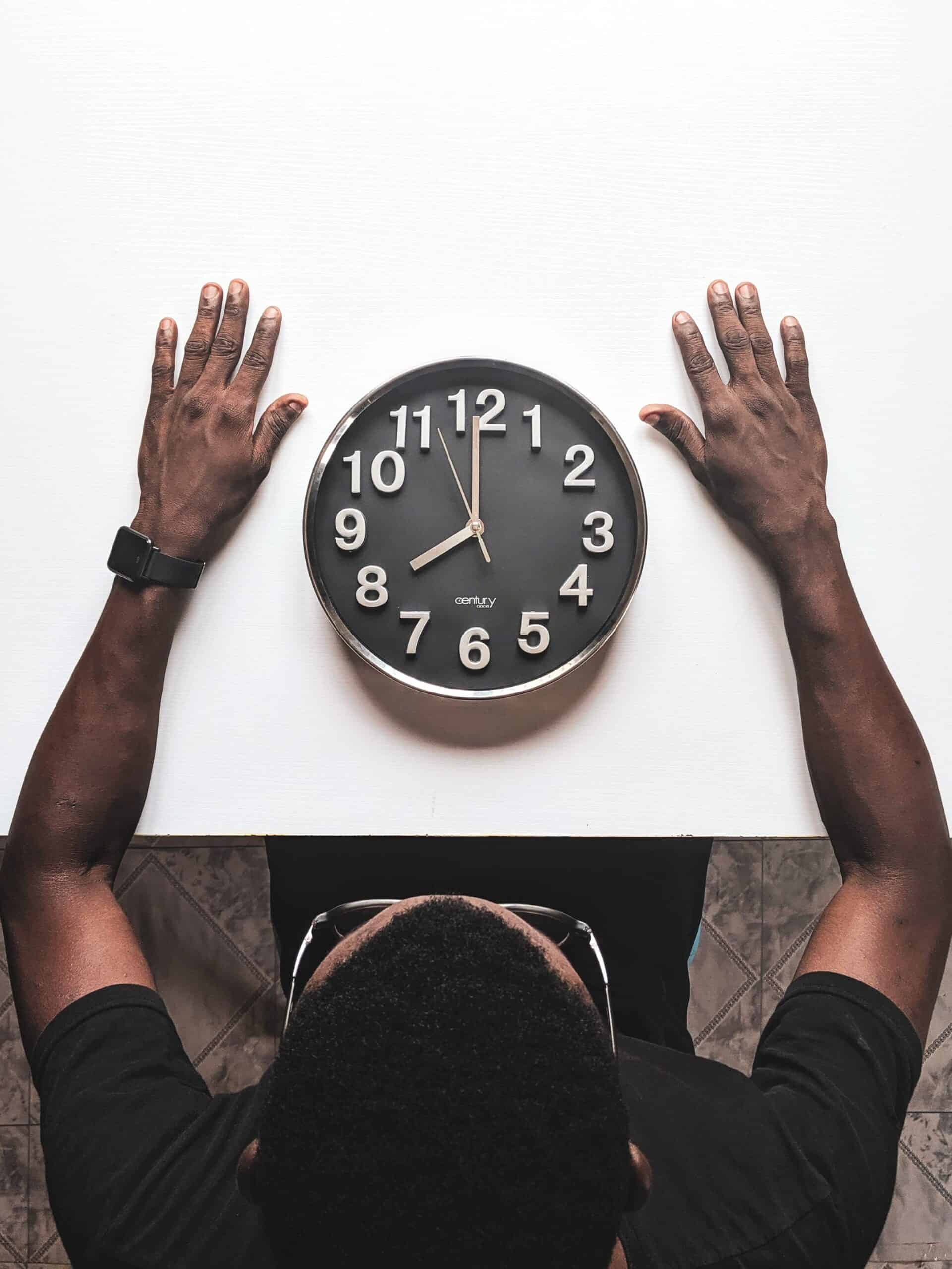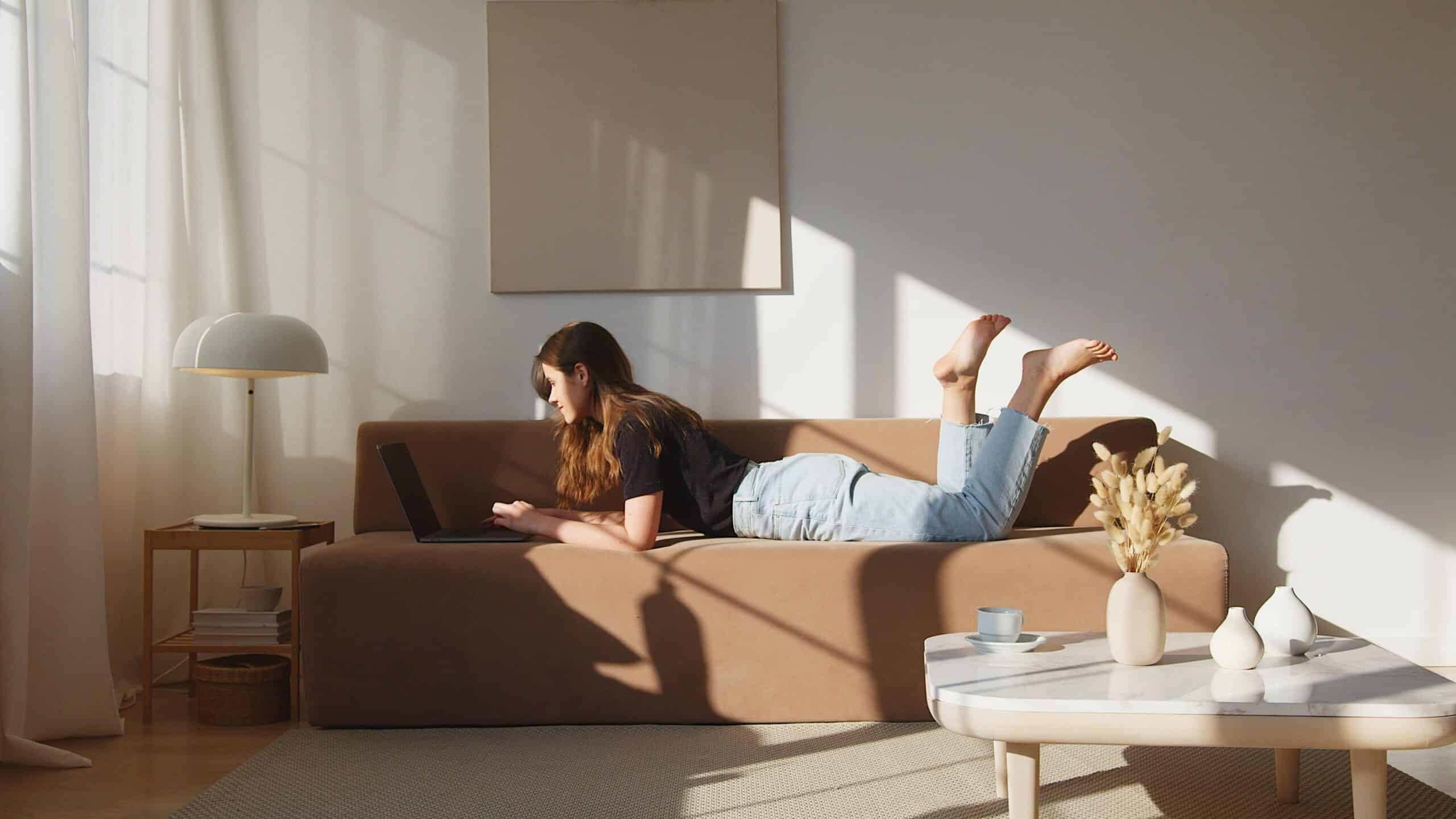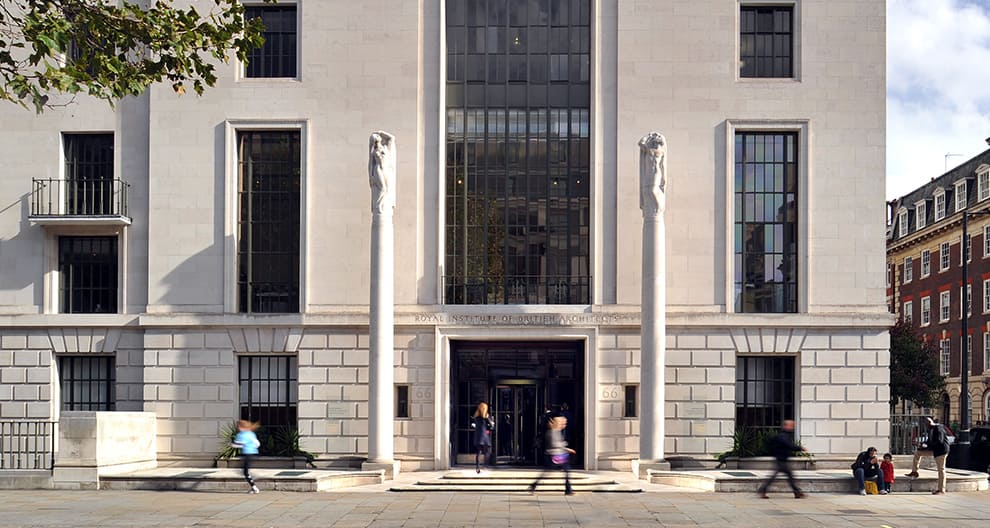Can architecture really change how we feel?
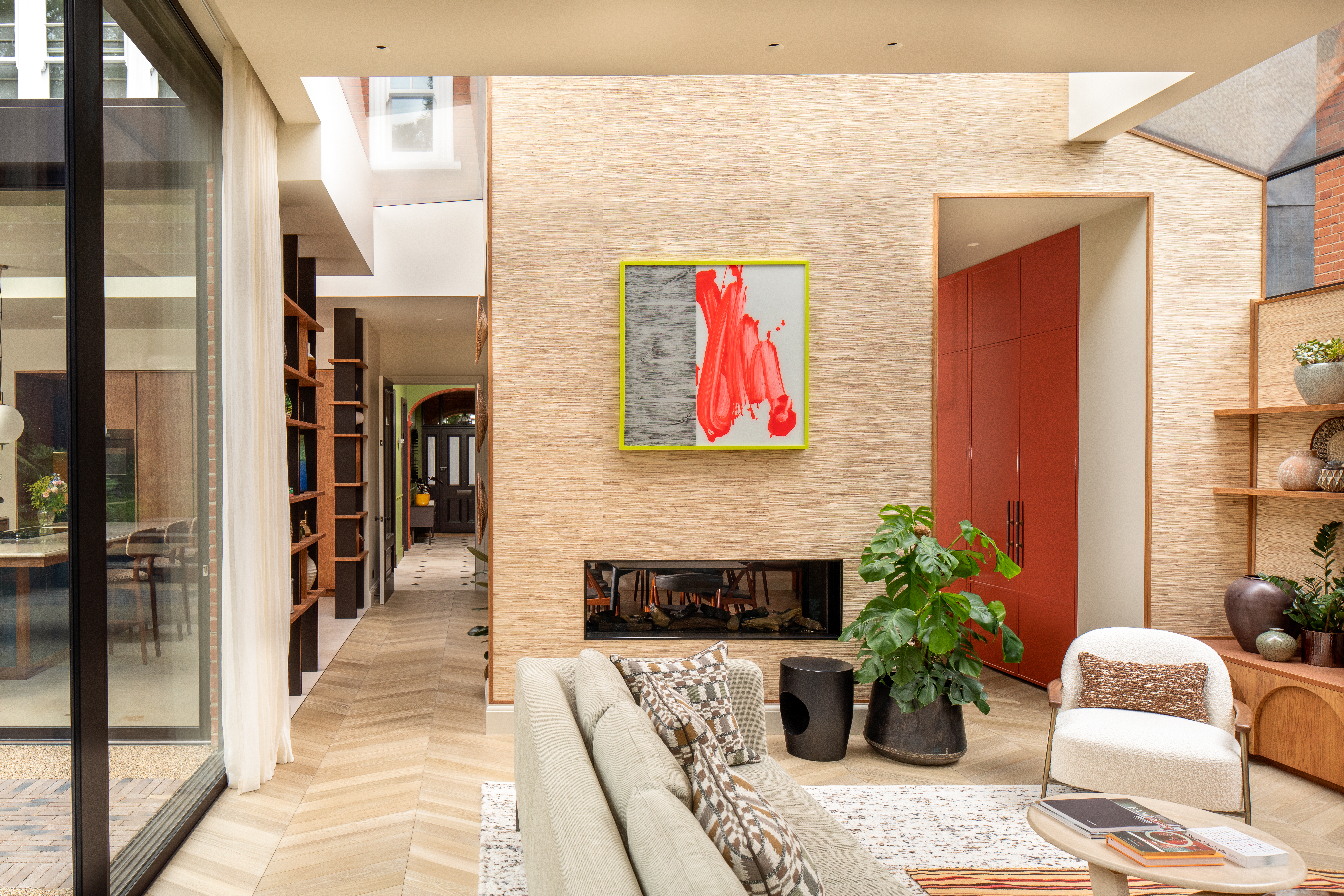
In short – yes! – but before we dive deeper into the topic, here are a few takeaways:
- Shapes, materials, and layout can all influence how we feel.
- Dark, closed-in spaces can make us feel tense or stressed.
- Natural light, soft textures, and gentle curves help us relax.
- Spaces that engage multiple senses can lift our mood.
- Adding personal touches makes a space feel like home.
Have you every walked into a space and felt immediately inspired, at ease or even overwhelmed?
That’s no coincidence. Our emotional reactions to the built environment are hardwired into our brains, and our bodies automatically respond to them. That’s why at XUL, we design with these emotional responses in mind, ensuring every home feels welcoming, comfortable, and uplifting.
Where do these emotional reactions come from?
Some emotional reactions come from memories, but many are shaped by the space itself – its materials, proportions, and overall feel.
For example, tall, smooth, hard surfaces can feel cold or overwhelming, but the right use of colour and texture can soften that. Grand structures like pyramids and temples use natural stone and rich tones to inspire awe, whilst the bare concrete and cool lighting of brutalist buildings can feel isolating or even a little bleak (Brockington & Cicmil, 2016).
Which design features create negative emotions?
Some spaces unintentionally spark feelings of stress or discomfort. For instance, rooms with low ceilings and harsh lighting can activate a part of our brain that’s linked to fear and anxiety.
This response is known as the fight or flight response, and it puts us on high alert. It’s a survival mechanism, but in a modern setting, it can leave us feeling on edge or wanting to leave the space altogether (Vartanian et al., 2025).
What helps us feel calm and safe in a space?
When a building triggers our rest or digest response, we feel much more at ease. This response slows the heart rate and helps us feel relaxed. High ceilings, natural materials, soft lighting, and curved forms are all associated with this calming effect (Strachan-Regan & Baumann, 2024).
Even subtle features like rounded corners, daylight filtering through leaves, or the soft texture of a wool rug underfoot can make a big difference. These choices may seem small, but they help us feel grounded, safe, and at home.
Do our senses play a role in how we feel about a space?
Without a doubt. Architecture isn’t just visual, it’s multisensory. The echo of footsteps on a hard floor, the warmth of timber, or the scent of plants or fresh air – these details all shape how we experience a space.
When these sensory cues work in harmony, they can deepen our emotional connection to the environment and intensify our emotional reactions (Spence, 2020).
In fact, the sense of “hominess” many of us crave isn’t just about how a space looks, but is created through the interaction of multiple senses, working together to make a place feel familiar, warm, and emotionally safe (Coburn et al., 2020).
Why do some spaces just feel more personal and emotionally "right"?
Often, it’s because they reflect something of ourselves. A room filled with meaningful objects, such as photos, art, or souvenirs, feels safe and familiar. Spaces that allow for personalisation help us form deeper emotional bonds, making them feel more like home (Al-Tarazi et al., 2024).
On the flip side, overly polished or ‘perfect’ interiors can sometimes feel sterile or impersonal. Being able to adapt and shape an environment, whether it’s by rearranging furniture or adding a favourite blanket, supports a sense of identity and belonging (Orth et al., 2018).
Final Thoughts
The spaces we live in are never neutral. They affect our emotions, behaviours, and overall wellbeing. By tuning into how design makes us feel, we can start creating environments that don’t just look good, but feel right too.
References
Al-Tarazi, D., Sara, R., Redford, P., Rice, L., & Booth, C. (2024). An architectural insight into the role of personalisation of homes and its effects on residents’ psychological well-being. Archnet-IJAR. https://doi.org/10.1108/ARCH-11-2023-0304
Brockington, R., & Cicmil, N. (2016). Brutalist Architecture: An Autoethnographic Examination of Structure and Corporeality. M/C Journal, 19(1). https://doi.org/10.5204/mcj.1060
Coburn, A., Vartanian, O., Kenett, Y. N., Nadal, M., Hartung, F., Hayn-Leichsenring, G., Navarrete, G., González-Mora, J. L., & Chatterjee, A. (2020). Psychological and neural responses to architectural interiors. Cortex, 126, 217–241. https://doi.org/10.1016/j.cortex.2020.01.009
Orth, D., Thurgood, C., & van den Hoven, E. (2018). Designing objects with meaningful associations. International Journal of Design, 12(2), 91–104. http://www.ijdesign.org/index.php/IJDesign/article/view/2916/822
Spence, C. (2020). Senses of place: architectural design for the multisensory mind. Cognitive Research: Principles and Implications, 5, 46. https://doi.org/10.1186/s41235-020-00243-4
Strachan-Regan, K., & Baumann, O. (2024). The impact of room shape on affective states, heart rate, and creative output. Heliyon, 10(6), e28340. https://doi.org/10.1016/j.heliyon.2024.e28340
Vartanian, O., Navarrete, G., Chatterjee, A., Fich, L. B., Leder, H., Modroño, C., Nadal, M., Rostrup, N., & Skov, M. (2015). Impact of ceiling height and perceived enclosure on human neurophysiology. Frontiers in Psychology, 6, 1–10. http://dx.doi.org/10.1016/j.jenvp.2014.11.006


